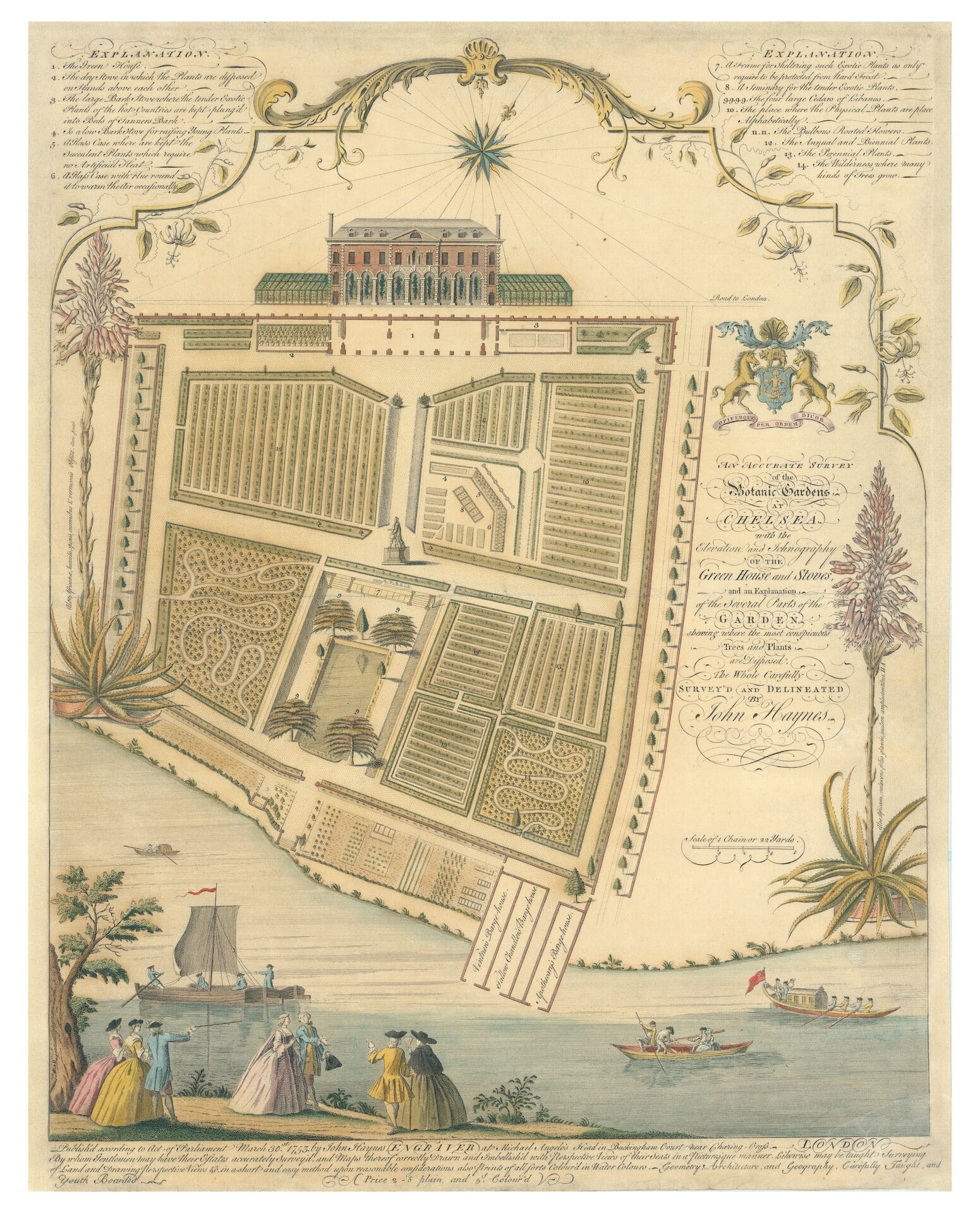Britain’s Love Affair With Historic Gardens Drives Surge in Rare Maps and Garden Design at London Exhibition

Interest in Britain’s gardening heritage is flourishing, as a wave of antique map and garden design exhibitions springs up across the UK in 2025. The revival of historic gardens is proving more than a nostalgic pastime; it’s a blossoming movement that connects personal identity, collective memory and the visual artistry of landscape architecture. This renewed fascination is attracting collectors, scholars and everyday enthusiasts eager to unearth the stories rooted in estate plans and botanical illustrations.
From Norwich to Bath, and especially in London, events spotlighting rare maps and the art of garden-making are drawing significant attention. Audiences are seeking more than just beautiful prints – they crave the chance to walk through British history, understanding how visionaries imagined and realised the green spaces we cherish today. The British Library and leading fairs such as Firsts London are meeting the demand, crafting immersive experiences where the past is not just remembered, but brought vividly to life.
Rare Garden Maps: A Window into Britain’s Green Legacy
Firsts London, the country’s foremost rare book and print fair, is set to amplify this trend at the Saatchi Gallery from 16–19 May with an installation titled ‘Gardens in Print: Visions of Landscape and Legacy’. The exhibition, curated by Daniel Crouch Rare Books, promises visitors a journey into the ‘golden age of British garden design’ via a series of intricately detailed estate plans and garden maps. These works reveal the intellectual and artistic roots of iconic sites like Kew Gardens and Chelsea Physic Garden long before the first spade hit the soil.
A particularly striking centrepiece is an eighteenth-century map of Kew Gardens by John Rocque, documenting the ambitions of Prince Frederick and Princess Augusta. This plan doesn’t just show boundaries and pathways; it traces the royal intentions and design principles that continue to shape the world-renowned botanic garden. For garden history fans, such documents are more than artefacts – they are blueprints of Britain’s horticultural imagination.
Context: National Trends in Heritage and Garden Exhibitions
This Firsts London exhibition rides a wider wave of interest. The British Library’s 2025 programme, for instance, features ‘Gardening’ as a major theme, exploring the social and political impact of horticulture from Anglo-Saxon herbals to the present day. Similarly, landmark events like the Decorative Antiques and Textiles Spring Fair and historic garden-themed displays at institutions such as the Sainsbury Centre and American Museum & Gardens are drawing those keen to connect with Britain’s natural and cultural patrimony .
These exhibitions are not isolated; together, they reflect a market where ‘rare garden maps’, ‘estate plan exhibitions’, and ‘British garden design history’ are not just specialist topics but rising star keywords for event organisers and cultural institutions . With hundreds of thousands of annual visitors to major heritage sites, the public appetite for discovering the origins of these gardens – through both physical artefacts and contemporary storytelling – is undeniable (Historic England).
From Historic Maps to Modern Garden Design Inspiration
What sets these exhibitions apart is the invitation to reflect on the artistry of garden design and its continuing relevance to British identity. Daniel Crouch, curator of the Saatchi Gallery installation, puts it simply: ‘This exhibition celebrates the artistry of mapmakers and the vision of garden designers who shaped Britain’s most cherished landscapes. These works not only chart land and ambition but offer a window onto the evolving relationship between people, plants, and place.’ Here, the rare map or estate plan becomes not only a collector’s treasure but a living document of our relationship with the land.
Visitors encounter not just realised triumphs like Kew, but unrealised dreams such as an eighteenth-century plan for the gardens at Eton College, imagined under Queen Anne’s patronage. These ‘what might have been’ moments illuminate alternative pasts, inspiring contemporary designers and gardeners. Likewise, maps of the Chelsea Physic Garden – illustrated with strolling Georgian figures and exotic specimens – serve as reminders of London’s role as a centre of medicinal plant collecting and botanical adventure.
The display also includes David Loggan’s sweeping bird’s eye view of Cambridge University, which pairs architectural grandeur with lush formality, revealing the historic intertwining of scholarship and horti-culture.
Why Garden Heritage Resonates Now: The Cultural Dimension
What’s behind this groundswell in celebrating garden history and rare maps? According to research from English Heritage and Historic England, historic gardens contribute not just to visual beauty but to a deep sense of place, well-being, and national identity. Public enthusiasm is fuelled by a desire to engage with living heritage – one that evolves through active exploration, interpretation, and stewardship, rather than relegation to museum display cases.
In today’s plugged-in society, exhibitions that combine rare physical artefacts with interactive storytelling or digital mapping technologies find particular resonance. Notably, the market for rare books and prints in the UK remains strong: the British book market is set to reach £3.44bn in 2025, while related sectors like second-hand books are forecast to grow steadily.
The Future: Connecting Curiosity With Conservation
Looking ahead, the momentum behind events like Firsts London signals an era where the stories etched in maps and garden plans can inspire both conservation and creativity. As garden writers, collectors, and historians continue to mine the past for practical wisdom and new aesthetic ideas, these exhibitions foster a culture where historic landscapes are actively reimagined.
For anyone with an eye for design, a taste for history, or a yearning to understand Britain’s landscape heritage, 2025 offers a rare opportunity. These exhibitions are more than showcases – they are living dialogues between past ambition and present-day fascination. What might future visitors uncover, not just about these gardens, but about ourselves as stewards, dreamers, and storytellers, still shaping the green future of Britain?
Do you want to share your story and inspire our readers ? Know that YOUR EXPERTISE is paving the way for a fairer, happier society.





